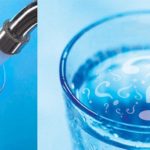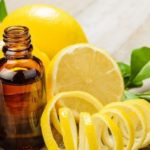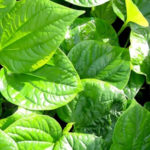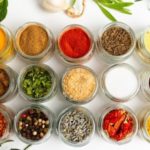The issue of pesticide residues in fruits and vegetables has always been a concern for modern people. Even though fruits and vegetables are essential foods that provide valuable nutrients, they can become a major health hazard on every family’s dining table.
To ensure food safety, there are various ways to remove pesticides from fruits and vegetables that many experts have shared.
Ways to remove pesticides from fruits and vegetables
Jin Jin, a nutritionist at the Clinical Nutrition Department of Beijing International University Hospital, China, shares some methods to remove pesticides from fruits and vegetables as follows.
Soak and wash with clean water
Washing is a basic method to remove dirt and other pesticides clinging to the surface of fruits and vegetables. After washing off the dirt on the surface, soak the fruits and vegetables in clean water for at least 10 minutes. You can use vegetable cleaning agents to enhance the ability to dissolve pesticides. After soaking, rinse the fruits and vegetables under running water several times.
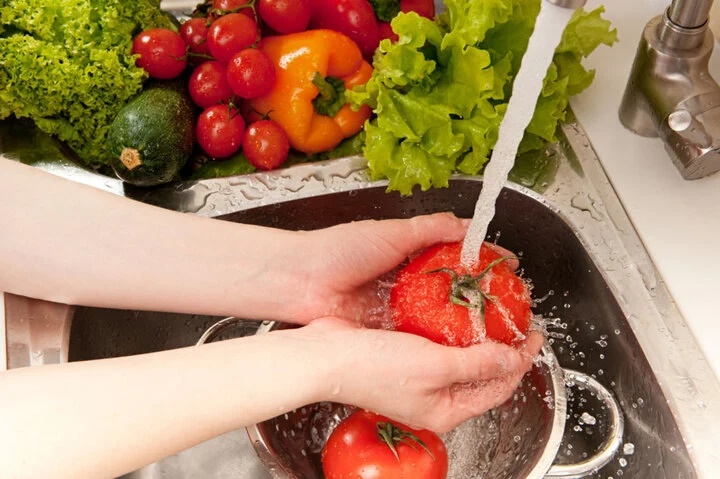
Soaking and washing with clean water is a basic method to remove dirt and other pesticides from fruits and vegetables (Image: Goodnet)
This method can be applied to leafy vegetables such as spinach, lettuce, and kale…
Soaking with alkali solution
Clean off the dirt on fruits and vegetables, soak them in an alkali solution for about 5-15 minutes, then rinse them with clean water 3-5 times.
This method can be applied to all types of fruits and vegetables.
Peel

Peeling is the most effective way to remove pesticides from fruits and vegetables (Image: Goodnet)
Due to the relatively high amount of pesticides on the surface of fruits and vegetables, peeling is the most effective way to remove pesticides from fruits and vegetables.
This method can be applied to various fruits and vegetables such as apples, pears, kiwis, cucumbers, carrots, zucchinis, pumpkins, eggplants, beets…
Blanching with boiling water
Pesticides can be easily degraded when exposed to high temperatures, so blanching fruits and vegetables with boiling water is very effective in removing pesticide residues. The drawback of this method is that many types of fruits and vegetables will become withered after being exposed to hot water.
The general method is to blanch the fruits and vegetables in boiling water for about 1-3 minutes, then remove and rinse them.
Let fruits sit for a while before eating
For fruits and vegetables that can be stored for a long time, you can let them sit for several days before eating. Oxygen in the air and substances such as enzymes in vegetables can react with pesticide residues, causing pesticides to be degraded and reducing the residue levels and toxicity of pesticides.
This method is suitable for apples, kiwis, cucumbers, and other non-perishable fruits and vegetables.
According to VTC news
“Maximize Kitchen Hygiene with these Incredible Tips for Cleaning and Whitening Plastic Cutting Boards”
Having trouble keeping your plastic cutting boards clean and free of bacteria and mold? We’ve got the perfect solution for you: an easy trick that will extend the life of your boards! Read on to find out how to quickly and easily whiten and clean your plastic cutting boards – it’s a tip not everyone knows about!


























